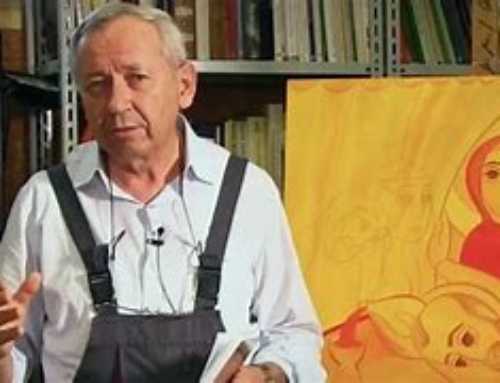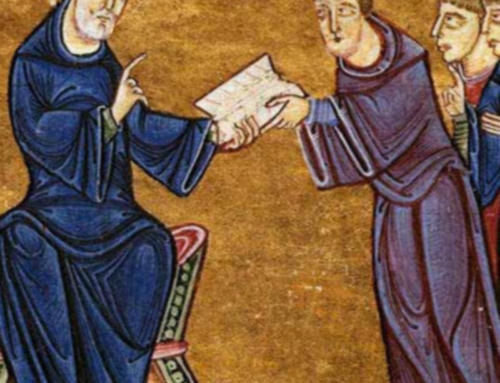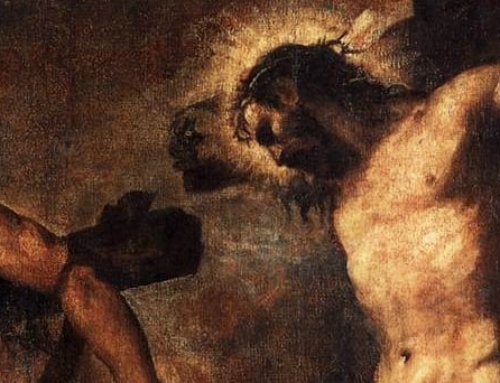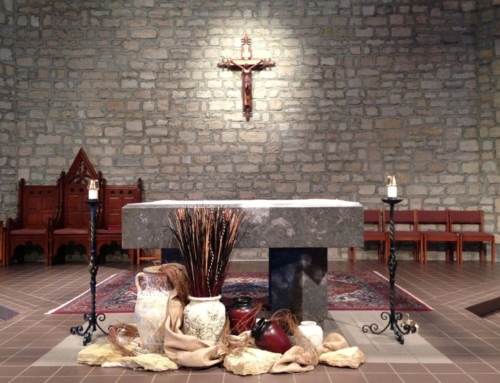One of the arguments against the ordination of women is called the “iconic” argument. That is to say, “It the liturgy the priest functions as an image or icon of Christ the Great High Priest. The priest is in persona Christi. Because Jesus was a man, a woman cannot fulfill this role.”
OK, the feminists argue that the iconic role is that of a human being–not simply a man. They quote St Paul who says, “In Christ there is neither slave nor free, male or female.” (Galatians 3:28). The verse is taken out of context. St Paul is not referring to human sexuality, but unity in Christ. But let it stand.
Is the iconic argument simply that the priest represents Jesus who represents all of humanity and therefore a woman can fulfill this iconic role as equally as a man?
Well, not quite. In fact it was the royal wedding last week that got me thinking further about iconic roles in the liturgy and how important they are. You can read the post here.
The fact of the matter is, the whole liturgy is a pointer to the great marriage supper of the Lamb in the Book of Revelation. To understand the importance of this we have to understand first the nuptial imagery that is embedded in every part of the sacred Scriptures and sacred tradition.
It begins, of course, in the Garden of Eden where man and woman are both created in God’s image, and the first commandment he gives them is “Be fruitful and multiply”. In other words, “Adam. Be a man by becoming a Father. Eve. Be a woman by becoming a mother.”
In other words. Marriage. Marriage and becoming parents is the means by which a man and woman become most fully human, and they do so through becoming a mother and a father.
The imagery of Bride and Groom, mother and father–are therefore crucial to the whole unfolding of the plan of salvation.
This imagery is woven through the Old Testament sagas of the search for a bride, the barren wife, the longing for a child, the promise of a great family, the prophecy of a great progeny.
Then in the Old Testament prophets the theme is picked up of the unfaithful wife and the faithful husband and God says he will come and marry his people Israel. Go here for a whole list of Bible verses that refer to God being the Bridegroom and husband of his people.
Then of course, Jesus uses the nuptial imagery time and again, calling himself the bridegroom, telling the parable of the wise and foolish bridesmaids and using various imagery throughout his teaching about the coming of the bridegroom.
St Paul picks up the thread and refers to the church as the Bride of Christ and the theme is completed in Revelation, in which the consummation of all things is the marriage supper of the lamb.
The liturgy of the church reflects this nuptial imagery, so that at the heart of the Mass the priest says, “Behold the Lamb of God. Behold him who takes away the sins of the world. Blessed are those who are called to the [marriage] supper of the Lamb.” For those who don’t know this is a direct quotation from the Book of Revelation.
So what?
Well, if the priest is in persona Christi, then he is not simply representing Christ the human being. In persona Christi he must also represent Christ the Bridegroom, Christ the Husband and Father of the Faithful. This is why it is more than a tradition or a courtesy to call the priest “Father”
This is also why a woman cannot picture Christ. Why? Because while a woman might, arguably, represent Christ the human being, she cannot picture Christ the Bridegroom and Husband and Father anymore than a man can picture Mary Mother of the Church.
Does this matter? Yes, because the iconic function of the mass registers deeply within the human imagination and psyche. It touches the deep down things, and does so in a way without words–in a way that is beyond words. Does this matter? Yes, because everything else is connected to this. What it means to be family, what it means to be a man, what it means to be a woman, what it means to be a father or mother, what it means to be a Christian at all, what it means to be human.
It matters if you believe the liturgy pictures all of this and the realities of heaven in an iconic manner.
It matters if you think the priest is the icon of Christ the Bridegroom in this cosmic representation of the marriage supper of the Lamb.
But if you think the liturgy is simply a fellowship gathering where we come together to have a pep talk about making the world a better place, then by all means enjoy that pep talk from whoever you like, and good luck to you.







[…] the priest is in persona Christi and because Jesus was male the priest must be male. However, in yesterday’s post I explored this truth a bit further. If the priest represents Christ in the iconography of the […]